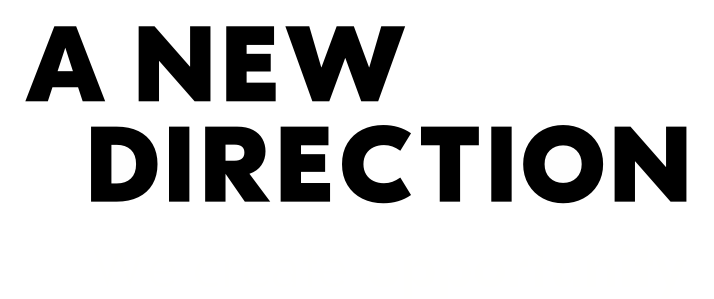The Powerful Partnerships Resource Library presents a curated collection of practical tools, inspiration and research for developing partnerships. These resources are organised around 3 key reflective questions:
-
What makes an effective partnership?
-
What impact do we intend to make?
-
How can we embed the voices of young people and communities?
We hope these resources will promote discussion and support planning and reflection within cross-sector, strategic partnerships.
